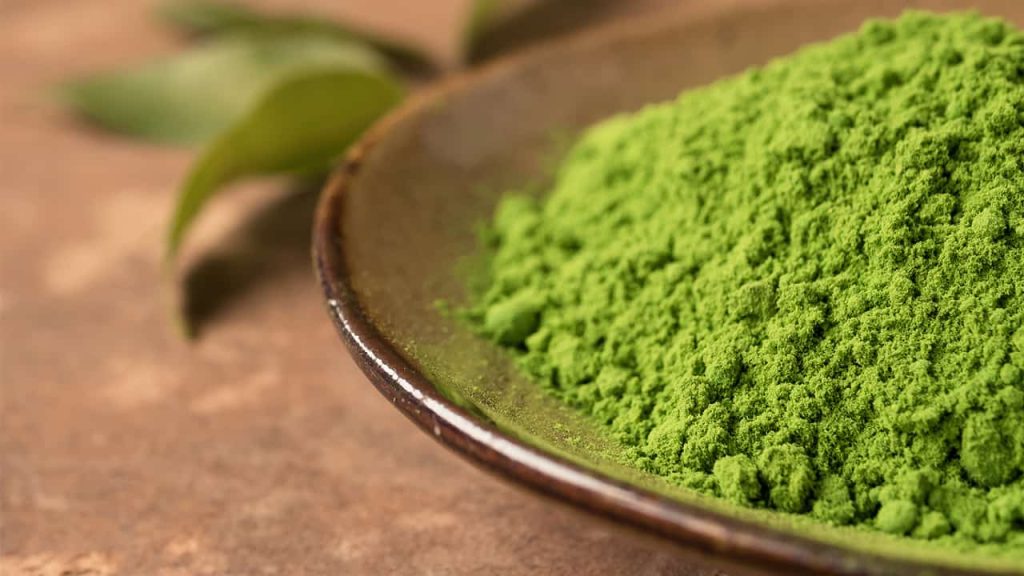Kratom Powder A Guide to Its History, Usage, and Potential Benefits
Kratom powder, derived from the leaves of the Mitragyna speciosa tree native to Southeast Asia, has gained considerable attention for its unique properties and diverse applications. The history of kratom dates back centuries, with its traditional use deeply embedded in the cultures of countries like Thailand, Malaysia, and Indonesia. Indigenous communities have utilized kratom for its stimulant and analgesic effects, often chewing the leaves or brewing them into tea to combat fatigue and alleviate pain. The botanical profile of kratom is quite fascinating. The active compounds in kratom, primarily mitragynine and 7-hydroxymitragynine, interact with the body’s opioid receptors, producing effects that can range from stimulating to sedative depending on the dose. In low to moderate doses, kratom is reported to provide a stimulating effect, enhancing energy levels, alertness, and social interaction. Users in Southeast Asia have traditionally used it to increase productivity and stamina during labor-intensive work. At higher doses, kratom tends to have sedative and analgesic properties, which may help in managing pain and inducing relaxation.

In recent years, kratom has attracted global interest, particularly in the United States, where it is often marketed as a natural alternative for pain management and mood enhancement. Proponents of kratom claim it offers a range of potential benefits, including relief from chronic pain, anxiety, and depression. Some users also report improved focus and enhanced cognitive function, which has contributed to its popularity as a nootropic or cognitive enhancer. However, the use of kratom is not without controversy and concerns. The substance is currently legal in many places, but its legal status varies widely. The U.S. Food and Drug Administration FDA and other health agencies have raised warnings about the potential risks associated with kratom use. Concerns include its potential for addiction, the possibility of severe side effects, and the lack of regulation in its production and distribution. Adverse effects reported by users can range from nausea and constipation to more severe issues like liver damage and withdrawal symptoms.
The scientific research on kratom is still limited and ongoing. While some studies suggest that kratom may have therapeutic potential, particularly in the context of pain management and opioid withdrawal, more rigorous research is needed to fully understand its benefits and risks. As a result, users should approach kratom with caution, Click Here ideally under the guidance of a healthcare professional, and stay informed about the latest research and regulatory developments. kratom powder is a substance with a rich historical background and a complex profile of effects. Its traditional use in Southeast Asia contrasts with its modern-day applications and the controversies surrounding its safety and efficacy. As interest in kratom continues to grow, it remains crucial for users to consider both the potential benefits and risks, and to engage in informed, responsible use while awaiting further scientific insights.